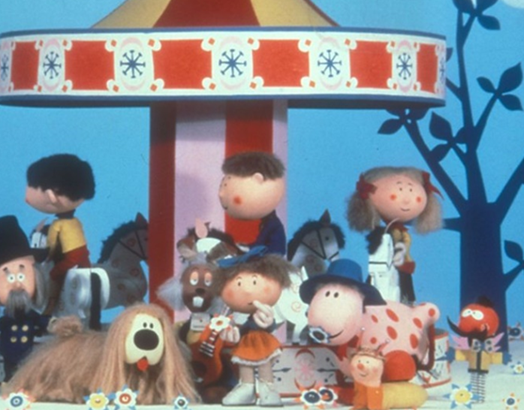Feasibility projects like the Pollution Guardian imply a certain level of risk and it was critical for our business to secure some grant support from Innovate UK to help us mitigate those risks.
Looking back, it seems a long time since we made our application for funding, but considering the risks ahead, we prepared ourselves in order to get started quickly in case of a positive outcome of our bid:
- Working on the system architecture, driving decisions on the hardware and software platforms to use within development
- Further research on the key components
- Talking to collaborators and contractors to re-check availability
- Re-planning the market research
Now, many academic papers point to the difficulty in using affordable sensors e.g. around variability, stability and accuracy, so one of our biggest challenges in the project is to put together an affordable solution based on these sensors. Our approach was to tackle this issue head on, building a very early prototype and using a minimum “data gathering platform” around it to understand the pitfalls & performance issues.
This early work cut across several disciplines:
- Electronics, designing a custom circuit to best interface with affordable gas sensors
- Firmware, building on a development platform to gather and share sensor data over wireless
- Mobile app, customised to gather the local sensor data & upload it to a data store
- Mobile backend, a real time database to capture the data streams and tools to help explore the data
- Mechanics, how to wrap this early prototype for real world use
- Early system testing & validation approach
We will be adding a few blogs to the site to cover progress on the above items; suffice to say the first mechanical housing for the unit followed the “breakfast cereal box” approach. After wrapping up the first sensor unit, its looks gave us the name for our prototype, Dougal, after the dog character from the programme, “The Magic Roundabout”.


